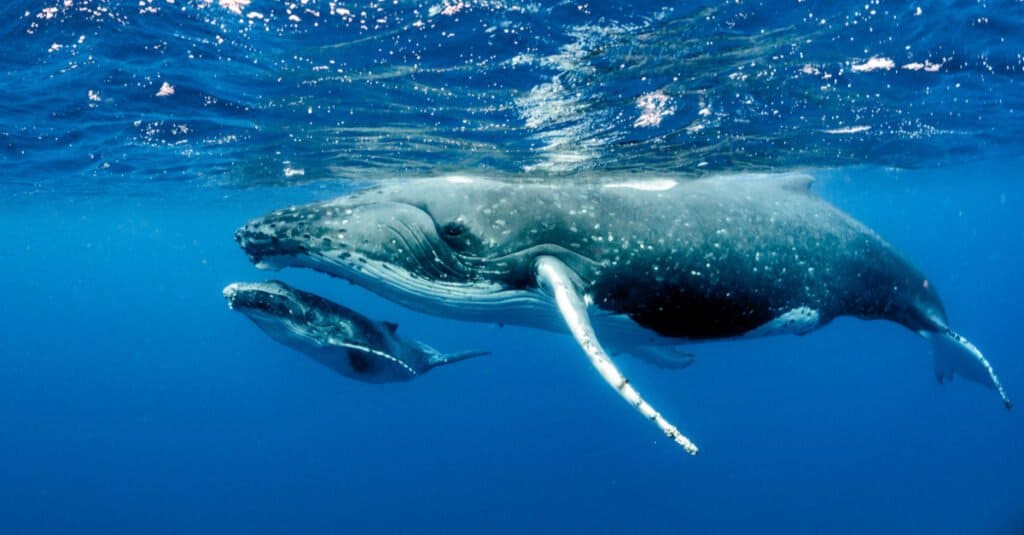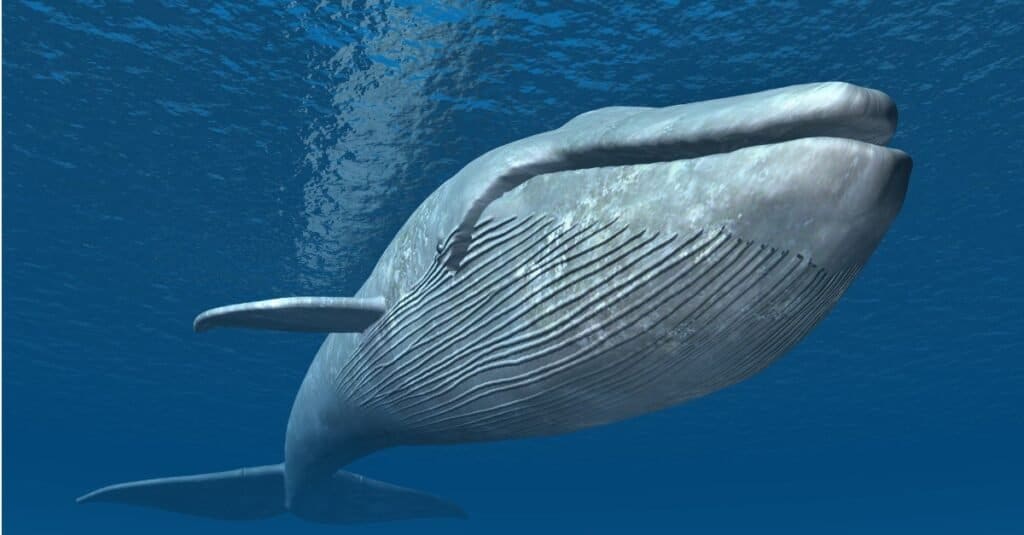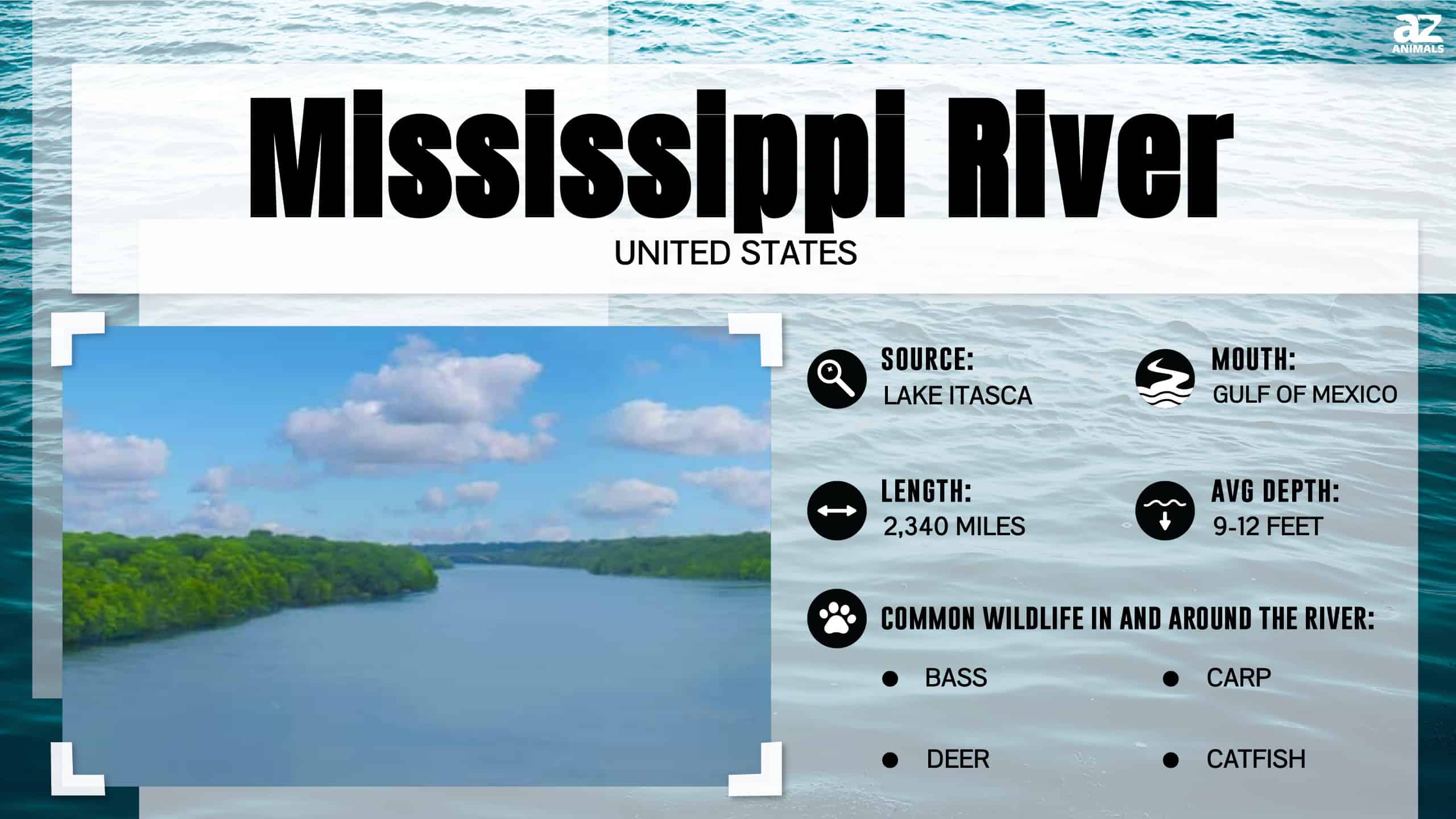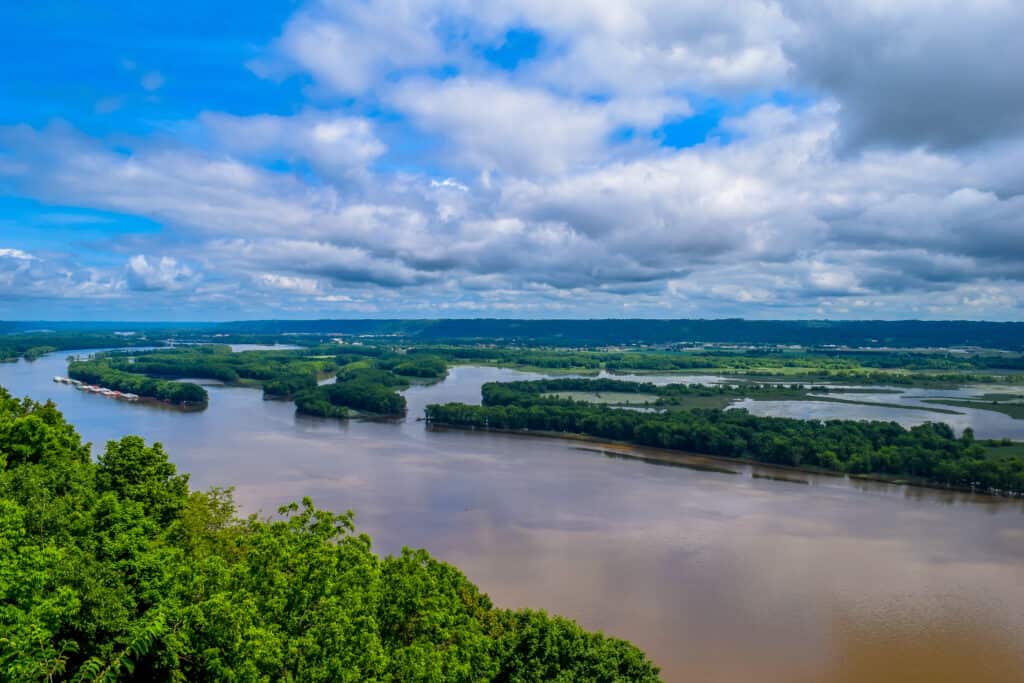As one of the longest rivers in the United States and North America, it is no surprise that the Mississippi River holds many secrets beneath its waters, ranging from peculiar marine species down to bull shark sightings. In the depths of The Big Muddy, refrigerators, cars, and even bodies have been found. The Mississippi River empties directly into the Gulf of Mexico, where saltwater and freshwater combine. As a result, several saltwater species seek shelter in the fresh waters of the area. The bull shark is one of these species.
Apart from these ferocious and massive creatures, other hefty and gigantic creatures used to travel to the Mississippi River. Curious about what they are? Whales! Yes, you read that right. Since whales are not fish, they can travel from saltwater to freshwater. But the question is – how did these enormous marine mammals fit in the pathways of the Mississippi River? And how were they able to swim a thousand miles up that way? That’s what we are going to find out and more in this article.
Are There Whales in the Mississippi River?

Although whales used to travel thousands of miles up the Mississippi River, they are no longer found there.
©Imagine Earth Photography/Shutterstock.com
Generally, since rivers such as the Mississippi River are smaller than the vast ocean, larger marine species such as sharks and whales avoid them. Whales are no longer found in the Mississippi River, but believe it or not – they used to travel thousands of miles up.
Rivers are home to several sharks and smaller whale species, although most avoid them. Rivers can only be reached by boat from the coast, but whales and sharks avoid coastal waters due to pollution, aquatic buildings, crafts, and fishing nets.
Humans have harmed the natural flow of rivers in various ways, making them unsuitable for creatures that require clean water and enough food. Oceans and seas are the only places where large amounts of food can be found, and sharks and whales rely on them to exist. They adjusted to the inherent qualities of saltwater simply because they had no reason to go into freshwater throughout the ages. These predators not only have ample food in the seas, but the water also possesses characteristics that aid in healing infected wounds from bouts with other predators.
The toothed whales are a minor group of whales that can only be found in freshwater, and the sperm whale is the most prominent representative. In reality, endangered sperm whales have been discovered in the deeper seas off the Mississippi Delta, according to biologists. Although these habitats were insufficient, they eventually acquired a few modifications that allowed them to go river rafting.
How Did Whales Travel to the Mississippi River?

During the last Ice Age, whales used to travel to the American River.
©iStock.com/MR1805
Whales traveling to the Mississippi River is a rather long story that we will discuss in detail in this article. But to make the long story short, whales used to travel to the famed American River during the end of the last Ice Age. Since the melting of the glaciers gave rise to the Mississippi River’s waters, its entrance and current pathways ballooned to approximately 5 miles in width, allowing enormous marine animals from the Gulf of Mexico, such as whales, to travel freely into its waters.
The Mississippi River ranges between 20 and 30 feet broad at its narrowest point, while it is more than 11 miles wide at its widest point. Just thinking about it, there is no way gigantic whales could have swum up to its waters coming from the neighboring gulf. But back then, there was a way involving a massive melting of ice.
The Pleistocene period, also called the Ice Age, spans the last 1 million years of Earth’s history. Mountain glaciers emerged in the polar regions and mountainous areas during that era.
Michigan was buried in glacier ice during all four main glaciations. These enormous blocks of ice melted once the ice was withdrawn northward, allowing the overlying layers to sink. The molds of the former ice blocks were revealed this way, and the various lakes that Michigan is known for were created. A thick ice sheet acted as a dam, preventing water from moving northward, and producing meltwater ponds from the glacier between the divide and the ice’s southern boundary. It flooded major depressions and poured into the Mississippi River through the lowest exits. The Great Lakes were born from these huge ponded pools of water.
The only path for meltwater from the ice sheet between the Appalachian Mountains and the Rockies to reach the Gulf of Mexico was through tributaries of the Mississippi River. As the glaciers began to recede, these swelling streams provided a route for fish, including marine mammals like whales, to follow the melting ice northward in late spring, summer, and early fall. They were able to enter the lakes that were forming, as well as the new water channels that were being built, thanks to the meltwaters. The rivers that carried the overflowing meltwater were larger and deeper than they are now. Near the mouth of Ohio, the Mississippi River was at least five miles wide and deep enough to float a large ocean liner. The Mississippi’s chilled water cooled the Gulf of Mexico’s water. Some of the whales swimming in the Gulf swam into the Mississippi River, producing the set of whales swimming in the famed river for a fleeting period.

How Long Does it Take to Travel to the Mississippi River?

The Mississippi River is the world’s third-biggest water basin and the second-longest river in North America.
©EyeTravel/Shutterstock.com
With a total length of 2,340 miles and a surface area of 1.2 million square miles, the Mississippi River is the world’s third-biggest water basin and the second-longest river in North America. It begins in Minnesota at Lake Itasca and ends in the Gulf of Mexico, about 100 miles south of New Orleans, Louisiana. The exact distance those whales traveled from the Gulf of Mexico to the river’s mouth back then was 939 miles, which takes 3 to 4 months to traverse by kayak or paddle.
A single drop of water takes 90 days to travel the length of the Mississippi River. The Mississippi River drops 1,475 feet from its source, Lake Itasca, to its destination, the Gulf of Mexico.
The water runs 1.2 miles per hour at Lake Itasca, the Mississippi River’s headwaters. Thus, water takes three months to flow from the river’s headquarters to the Gulf of Mexico. Mississippi’s waterways are not to be taken lightly. Every year, drowning deaths are reported.
What Other Animals Lived in Early Michigan?
During the Cretaceous period, Michigan experienced subtropical conditions, with the last of the “ruling reptiles” battling for survival. Along with the decreasing environment in North America that preceded glacial, there was a gradual shift in wildlife, with the extinction of rhinoceroses, most types of mastodons, and the last of the oreodons being among the most notable.
The American mastodon was one of the earliest mastodons to cross the Alaskan-Siberian land bridge from Eurasia to North America. Large sloths grazed on the fragile branches of plants and trees as they lumbered through the valleys. North America supported many life forms, including the camel, which originated from the continent. These animals spread to Asia and South America before becoming extinct in the region.
From Alaska to Mexico and from California to the east coast, a massive bear similar to the grizzly but linked to the spectacled bear of South America roamed. Small carnivores like mice, shrews, moles, bats, and rabbits were almost identical to what they are now.
Before the Ice Age, or until the last ice sheet began to retreat, Michigan had no fossil record of vertebral life. Only a few of the animals that live in Michigan today were discovered in Ice Age sediments.
Are There Whales in the Great Lakes?
Generally, no whales are living in any of the five Great Lakes. Whales may be able to swim through freshwater, but they thrive better in saltwater and open seas. Since the last Ice Age, whales have not traversed the Mississippi River again or entered any North American lakes. There may have been sightings of whales around Lake Superior, but none of these videos have been proven true. However, in 2020, a humpback whale was found in a river leading to the Great Lake – the closest whales have been to the freshwater system since.
A humpback whale swimming in Montreal via the St. Lawrence River was first observed on May 30, 2020. The whale was sighted swimming upstream beneath the Pont de Québec. According to local marine experts, this was the first time a humpback whale had been seen in Montreal waters. It reappeared every few minutes, spraying or flailing its tail, drawing gasps from the audience. The animal seemed to be swimming around the region, but it was slowly making its way west. It was later discovered lifeless in the same river. According to experts, dehydration from swimming in freshwater and a suspected accident with a cargo vessel are thought to have led to the whale’s death.
The photo featured at the top of this post is © iStock.com/CoreyFord
Thank you for reading! Have some feedback for us? Contact the AZ Animals editorial team.






